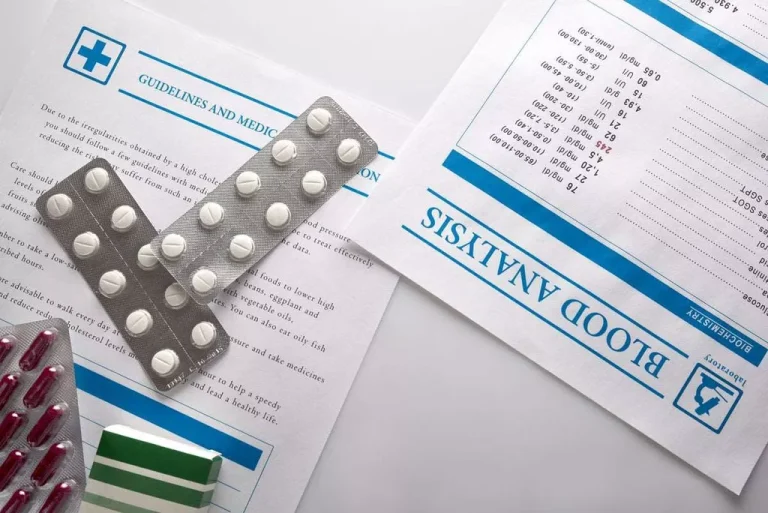
Internal triggerstypically involve memories, thoughts, emotions, or physical sensations that prompt the urge to drink. Most people who experience cravings notice a mix of internal and external triggers. Cravings won’t necessarily affect everyone who cuts back on alcohol. Still, they’re pretty common, especially if you drink regularly or your alcohol use falls into the “heavy drinking” category (binge drinking 5 or more days in the last month). Another study from 2020 also found how to stop alcohol cravings that COVID-19 directly relates to an increased risk of psychiatric disorders. It suggests that almost 6% of people diagnosed with COVID-19 will go on to develop a psychiatric disorder that they did not have before.
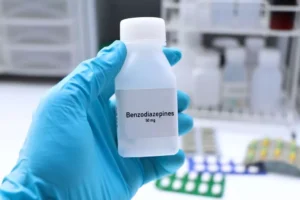
You can feel them just as intensely as the cravings in the early days. But because there’s no physiological component, you can be confident that drinking will not stop your alcohol craving. For example, those cravings can be a problem if you turn to alcohol for every little stressor or drink a beer to feel good or normal. If you start craving a beer every day at around the same time or whenever you have a certain feeling, you might be hooked on drinking.
External triggers are things in your environment that make you want to drink alcohol. These triggers can be people, places, or things that make you crave alcohol. Her fields of interest include Japanese translation, cooking, natural sciences, sex positivity, and mental health, along with books, books, and more books. In particular, she’s committed to helping decrease stigma around mental health issues. She lives in Washington with her son and a lovably recalcitrant cat. Learning to work through difficult emotions and handle these challenges in more productive ways can improve your relationships and overall well-being, not to mention help reduce the urge to drink.
To diagnose SUD, a licensed health or mental health professional must identify a person as having one or more of the 11 criteria outlined by the DSM-5. Zepbound belongs to the class of drugs known as GLP-1 or incretin medications, which was made popular by Ozempic, Novo Nordisk’s diabetes treatment. These drugs mimic a hormone that interacts with a region of the brain – the mesolimbic system – to reduce appetite and trigger satisfaction after eating. Demand for these medications has turned Novo Nordisk (NVO+2.32%) and Eli Lilly into the largest pharma companies in the world. There were a number of years when I did not drink simply because I was working on research with people who were not drinking and it felt like the most comfortable thing to do.
The key to managing these cravings is changing our perception of them – understanding that a craving is a thought that does not require us to act. While there is no magic bullet to stop urges to drink or cravings for alcohol, there are ways to manage and reduce urges or cravings to drink. This can help alleviate the physiological imbalances that contribute to alcohol cravings. For those of us who have grown comfortable in our recoveries, the unexpected arrival of alcohol cravings can be really disorienting. =https://ecosoberhouse.com/ Our recoveries are strong, we have trusted communities and support networks around us and we’ve transitioned into an easier stage in recovery where we don’t grip so tightly onto sobriety. And all of a sudden, no matter how long we’ve been in recovery, we think we might go about drinking safely.
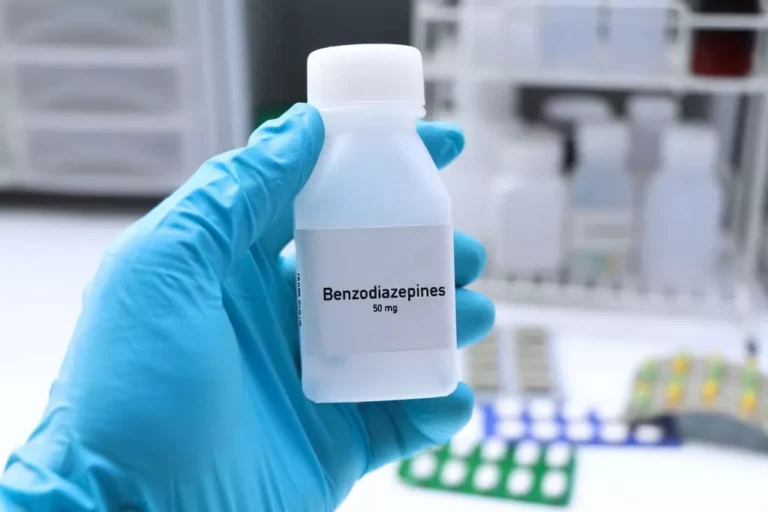
Managing alcohol cravings is a vital part of maintaining sobriety. Connect with an alcohol rehab to get the support you need to meet your recovery goals. Therapy and medication can play an important role throughout addiction recovery. A few types of treatment are especially helpful for alcohol addiction. Support groups serve as a powerful tool in overcoming alcohol cravings. They offer an accepting environment, fostering a sense of community among individuals battling similar issues.
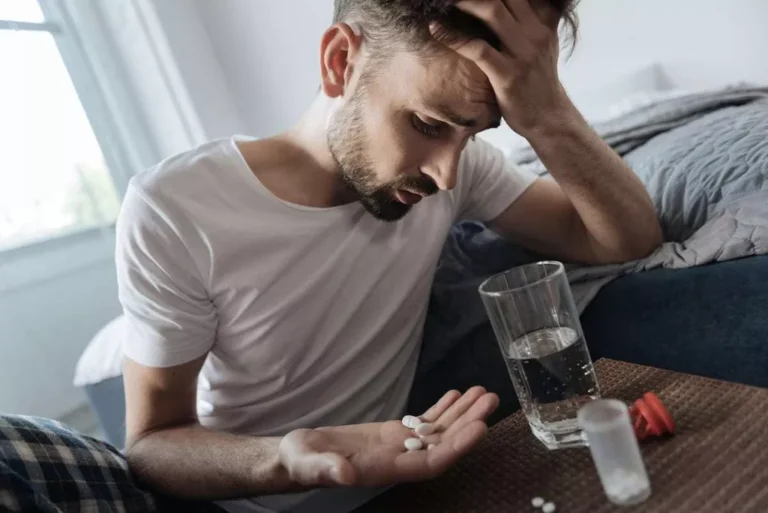
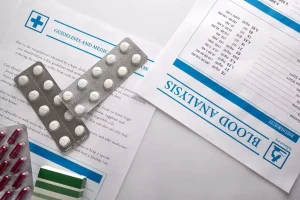
GLP-1 – which stands for glucagon-like peptide 1 – drugs increase the amount of insulin that the pancreas produces and boost the ability of the pancreas to release insulin. “The drugs circulate throughout the body, including the brain, to reduce appetite,” Kushner says. The reductions in alcohol use held up among people taking the new marijuana addiction generation obesity medications and older drugs, including metformin, which is typically prescribed for diabetes. “I think what surprised me was that there was a reduction of alcohol use across all different types of anti-obesity medications,” Matero says. She noticed feeling full and dizzy after one drink, whereas before she felt she tolerated alcohol much better. “The impact of the alcohol was more intense,” she says, and so cutting back was easy.